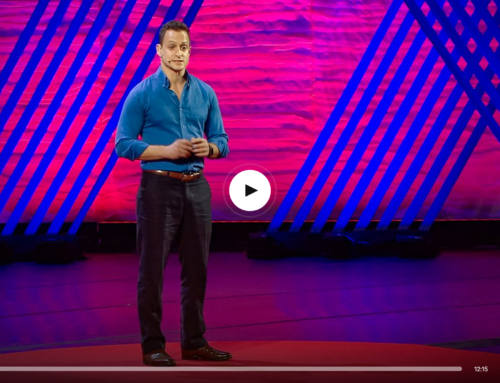In your nonprofit work you occupy a highly inter-connected space. You have a relationship network that includes program volunteers, donors, vendors, other nonprofits, employees, board members, companies that serve nonprofits and more. These folks believe in your cause and they support it with time, expertise, money and other resources. You cannot survive long without them. Let’s be sure you know how to not only retain them, but optimize those relationships.
How are you actively leveraging your social capital for your nonprofit?
I mean, where have you created the space to intentionally plan for strengthening these relationships for long term benefit to both parties? I sense a pause. If you don’t have a dialed in strategy that’s written down and is attached to a timeline, you will struggle here.
Here are 2 real life examples of how organizations have reached out, pulled in and followed up to optimize those crucial relationships:
- Reach out. One CEO realized she has a community awareness issue. She was determined to create as much buzz about their good work as possible in 60 days. She identified two groups to connect with who were very loyal and likely to assist – donors and volunteers. This organization has over 200 program volunteers and 800 donors. She did 2 things:
- Contacted those who she felt were the top 20 most likely to engage and scheduled a group meeting – 14 attended. She laid out the issue, facilitated some brainstorming, gained consensus on 4 action items, made assignments and the awareness campaign plan was launched.
- She then sent an e-survey to approximately 250 other active donors and volunteers asking them to participate in this awareness campaign, using the recommendations that came out of the group meeting. She received 121 responses and 87 of those folks said they would get involved!
She tells me that on 3 key metrics (social media engagement, impressions and number of email subscribers) there has been at least a 57% increase on each metric in those 60 days.
2. Pull in. Call it engagement, cultivation, connecting – I don’t care, but focus on bringing folks closer to your organization’s cause. A small organization with only 2 year-round employees and a working board needed to increase their charitable support and they decided to focus on increasing individual giving. A key strategy was to bring the people who were aware of their organizations into the fold. They did 2 things:
- Since many of their founding donors were from faith based organizations, they created a Faith Leaders luncheon. It was designed to recognize them, show the impact of their support as well as tell them about future plans, outline specific ways they can continue to support the organization, and make a specific call to action. Approximately 30 leaders were invited and 19 attended the first luncheon. There was amazing camaraderie as they met for the first time or re-connected. The energy was palpable and the results included more in-kind donations, program volunteers, one large grant and promotion through their congregations.
- They also determined it was a good idea to reinstate the bi-annual Open House. In advance, they secured a videographer to donate the production of a marketing video that included interviews with board members and beneficiaries of their work. The invitation list was carefully developed – donors, elected officials, Chamber leaders, and others who had influential networks. The program included several impact testimonials, a proclamation by the county, an “insider” overview of future plans, a heartfelt thank you and a call to action (help us serve the community by investing financially and inviting others to do the same).
In addition to the several thousand dollars donated that day, individual giving increased over the next 4 months by 82%.
Follow up. Each of these nonprofits worked backwards. They figured out how they would continue to engage with their audiences before any of these activities took place. Because if you don’t put at least as much effort into the post-event work, you might as well not do it in the first place.
Imagine if those faith leaders didn’t hear from them again until next year’s luncheon.
Imagine if the folks who completed that survey and said they would help, never heard back.
Imagine if the folks who attended the Open House and got all fired up, weren’t given an opportunity to invest or never heard about the impact of their support.
You must create the systems to support your strategies so they effectively help the organization thrive. It’s the only way you can truly change the world.
What’s your greatest challenge right now? Who can you reach out to, pull in and follow up with? Let’s get you moving from intention to execution.
For help outlining the strategies that will work best for you, call me.












Leave A Comment